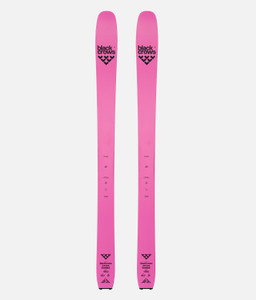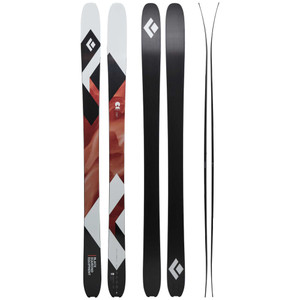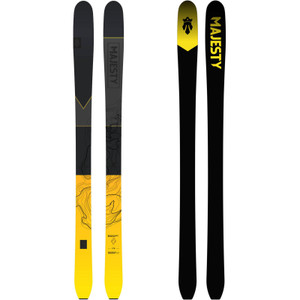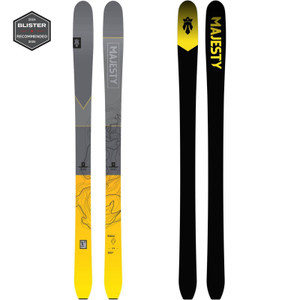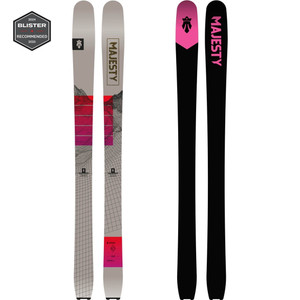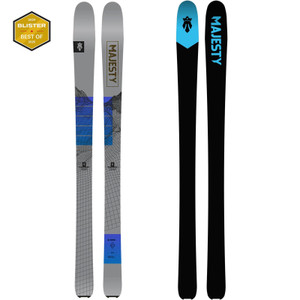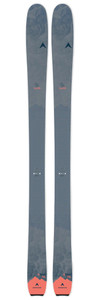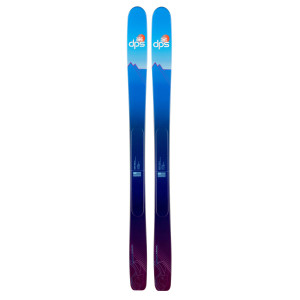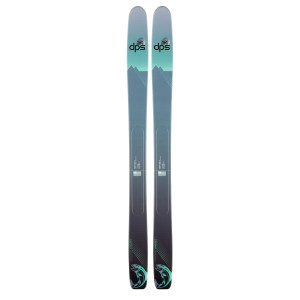Touring Skis
Experience the thrill of the mountains with our premium touring skis, designed for both performance and versatility. Engineered with lightweight materials, these skis ensure effortless ascents while maintaining stability and control during descents. The innovative design and the durable construction withstands the rigors of backcountry exploration. Ideal for adventurers seeking to conquer new heights, our touring skis range provide the perfect balance of agility and strength, making them an essential addition to your winter gear.
What is Ski Touring?
Ski touring is a form of backcountry skiing where you ascend mountains or hills on skis using specialised equipment, and then descend once you've reached your destination. Unlike alpine skiing, which relies on ski lifts to get you up the mountain, ski touring involves a combination of uphill and downhill skiing, all while exploring off-piste terrain (areas not maintained or groomed for skiing).
Here’s a breakdown of key elements of ski touring:
1. Uphill Ascent:
-
Skiers use climbing skins, which are strips of material attached to the bottom of skis, to help grip the snow and allow for an efficient climb without sliding backward.
-
Specialised touring bindings allow the heel to lift up when climbing, so you can use a free-heel motion (similar to cross-country skiing).
-
Skis are often lighter than alpine skis to make climbing easier.
2. Downhill Descent:
-
Once at the top, you remove the skins, lock the heel into place, and ski down the mountain like you would in alpine skiing, but on more varied, natural terrain.
-
Since ski touring takes you off-piste, the terrain can vary from powder snow to moguls, glaciers, or even remote areas.
3. Gear:
-
Ski Touring Skis: Lighter and often narrower than alpine skis, they are designed for uphill travel.
-
Touring Bindings: These allow you to unlock your heel for climbing and lock it in for downhill skiing.
-
Climbing Skins: Adhesive strips that attach to the base of skis to provide grip during the ascent.
-
Avalanche Safety Gear: Given that you’re skiing in the backcountry, it’s critical to have a beacon, shovel, and probe for avalanche safety.
4. Benefits:
-
Exercise: Ski touring is physically demanding, combining aerobic and strength training as you climb.
-
Exploration: It allows you to access remote, untouched terrain and experience nature in a way that's not possible on groomed ski slopes.
-
Peace and Quiet: You typically won’t find crowds on the mountain, so it’s a more tranquil experience compared to traditional skiing.
It’s a popular activity for advanced skiers who enjoy the challenge of self-powered ascents and love the reward of skiing on fresh, untracked snow. However, it requires good knowledge of avalanche safety and backcountry navigation.
Have you tried ski touring before, or are you thinking about giving it a shot?





